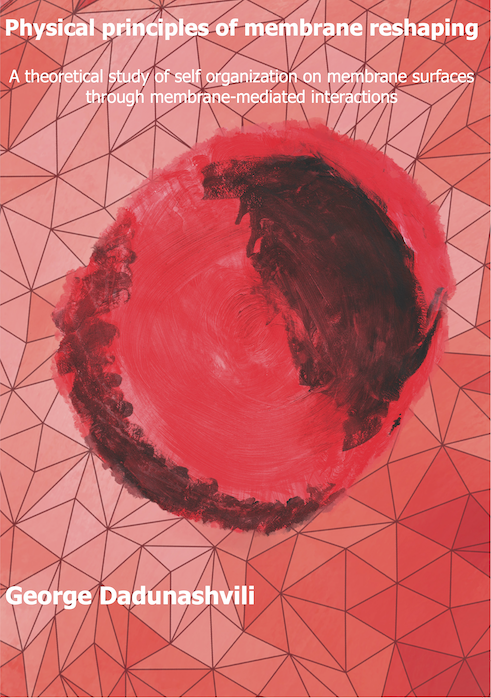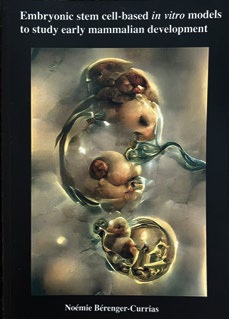
We are a theoretical biophysics group that has the good fortune to be part of a large department housing both experimentalists and theorists, the Department of Bionanoscience at the TU Delft. Our central research question is how many actors act together in the complex environment of living systems. We study systems ranging from single molecules such as proteins and molecular motors, all the way up to cells in tissues and colonies of bacteria. In particular, we are currently working on the effects of membrane mediated interactions, the interplay between membranes and the cytoskeleton during cellular growth and division, the development of bacterial colonies and epithelial tissues, and collective dynamics of finite-size, self-propelled particles. On all these, we cultivate active collaborations with theoretical and experimental groups, both inside and outside our own department.

 |
 |
 |
 |
 |
 |
 |
 |
 |
 |
Open textbook on Mechanics and Relativity available at TU Delft OPEN textbooks.
Open interactive textbooks Introduction to Quantum Mechanics and Interaction to particle and continuum mechanics and the Jupyter books demo available at TU Delft OPEN interactive textbooks.
News
Congratulations to Tim, Mathilde, Lucía, Yaz, and Zan, who all defended their graduation projects succesfully!
Timon Idema is awarded a Comenius Leadership Fellow grant. Read about the project here.
Educational paper on Stokes flow published in European Journal of Physics.
Our newest Open interactive textbook, Introduction to Quantum Mechanics was published on March 3.
Rachel and Tobias's work (collaboration with van Tatehove-Pel lab) on microbial cooperation and competition published in ISME Communcations.